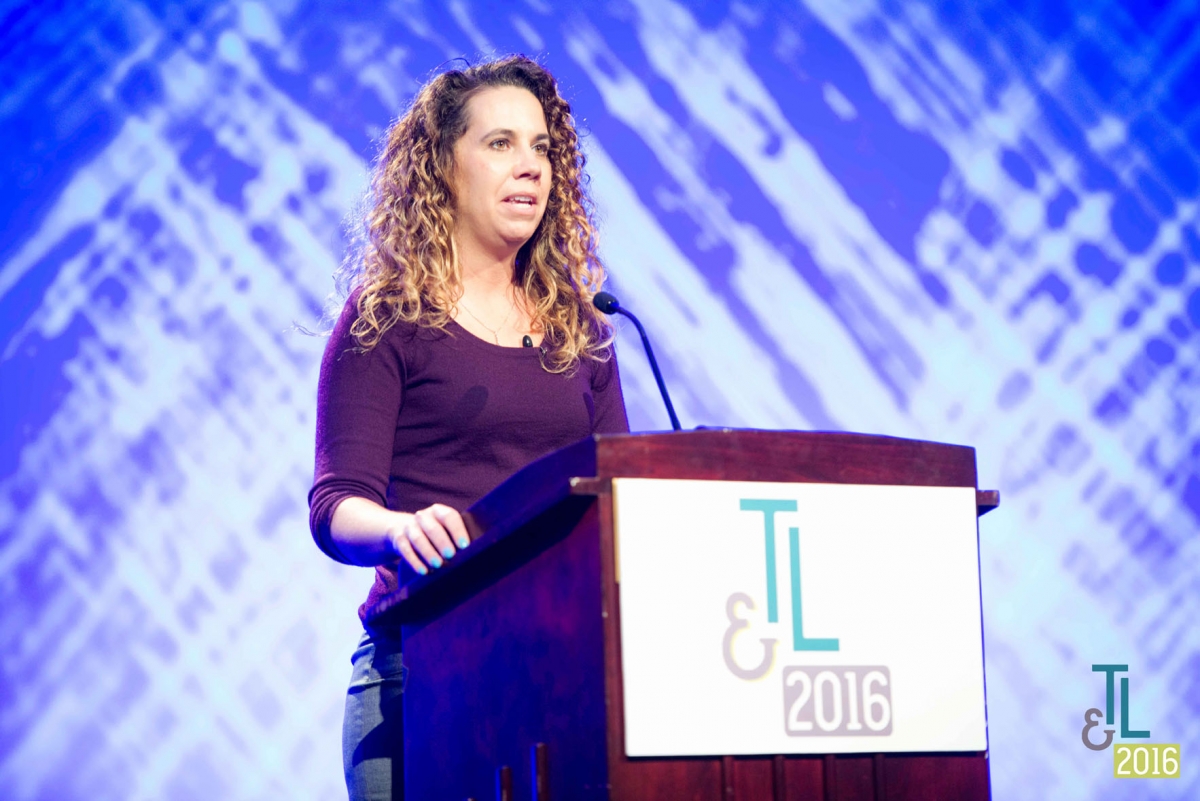No Child Left Behind has been left behind, after 14 years. Students in schools today have had their entire school experience influenced by NCLB. Teachers who have taught for fewer than 14 years have never known anything else, but that’s about to change with authorization of the Elementary and Secondary Education Act (ESEA), which has been titled Every Student Succeeds Act (ESSA).
I learned about the changes coming with ESSA at the 2016 Teaching and Learning 2016 Conference, from Shelly Moore Krajacic, NBCT, and Donna Harris-Aikens of NEA, in the session titled “ESSA Implementation: Opportunity, Student Success, and Action.”
Shelly and Donna explained in detail what’s new in the law, what remains the same and, most importantly, what National Board Certified Teachers (NBCTs) need to do now to ensure ESSA helps our students.
What’s changing? Annual Yearly Progress (AYP), with its labels and punishments for schools and districts, is gone. Non-research-based interventions, such as those in Race to the Top, are gone. Multiple assessments are in – an entire dashboard of them will be used to assess students. NBCTs have the opportunity to shape those assessments.
High standards are still required. Math and reading assessments are still there, as are other statewide indicators of student success in both elementary and middle school. Graduation rates are still crucial. States, rather than the U.S. Department of Education, will determine which indicators to use, and how. Interventions are still required for all schools needing support.
One of the most exciting and important components of the bill is its focus on diversity and equity of access, found in several places in the language of the bill. Title I ensures equity for students from low-income families. Title III ensures language instruction for language learners and immigrant students. Title VI ensures that Native American students receive the support they need. There is a new section on restorative justice practices, used to reduce suspensions and disrupt the school-to-prison pipeline. As my superintendent says, “All means all,” and hopefully ESSA makes the idea of access for all students a reality.
In order to make this work for our students, NBCTs, and all educators, can look at this time as an opportunity. For 14 years, we tried to make the best of the situation with high-stakes tests, while working hard outside of school to vaporize them. Now we’re at a transition point. One component of the new bill requires a “committee of practitioners” to inform state and district actions. Educator voice is crucial in the decisions school districts and states will make in the next few months. Accomplished teachers must bring their expertise to bear as decisions are made regarding the selection (or elimination), implementation and appropriate uses of assessments in our states. Additionally, the teachers at the table will shape aspects of professional learning for all of us.
This work must begin quickly. Shelly Moore Krajacic and Donna Harris-Aikens advised those of us at their conference session not to wait on the sidelines. The law is flexible and states have room to be creative. Yes, creative! The solutions to be worked out in the near future by states and districts represent our chance to do what’s right for students. Find a group of like-minded colleagues, parents, community members and students. Meet with them and ask what they want. Hold several meetings to gather more stakeholder voice.
There are a few possible pitfalls. First, once the plan is in place, make sure that the plan is implemented as intended. If we’re not paying attention, agencies can provide data suggesting implementation is happening with greater fidelity than is actually the case. It’s also possible that some states will choose to change nothing, continuing along the same flawed path now in use.
The timeline for development and implementation of state and district plans is short. There is a built in year of transition. The planning process begins in 2016-17 and full accountability plans will take effect in 2017-18. Work in states and districts should be underway yesterday. Do not wait for someone else to start the work, or the work will be done according to someone else’s plan. Start now.
Suggested resources:
National Board recommended for states and districts in implementing Title II of ESSA.
The entire 1,050 pages of ESSA can be found here.
Additional information, resources from the Education Department.
